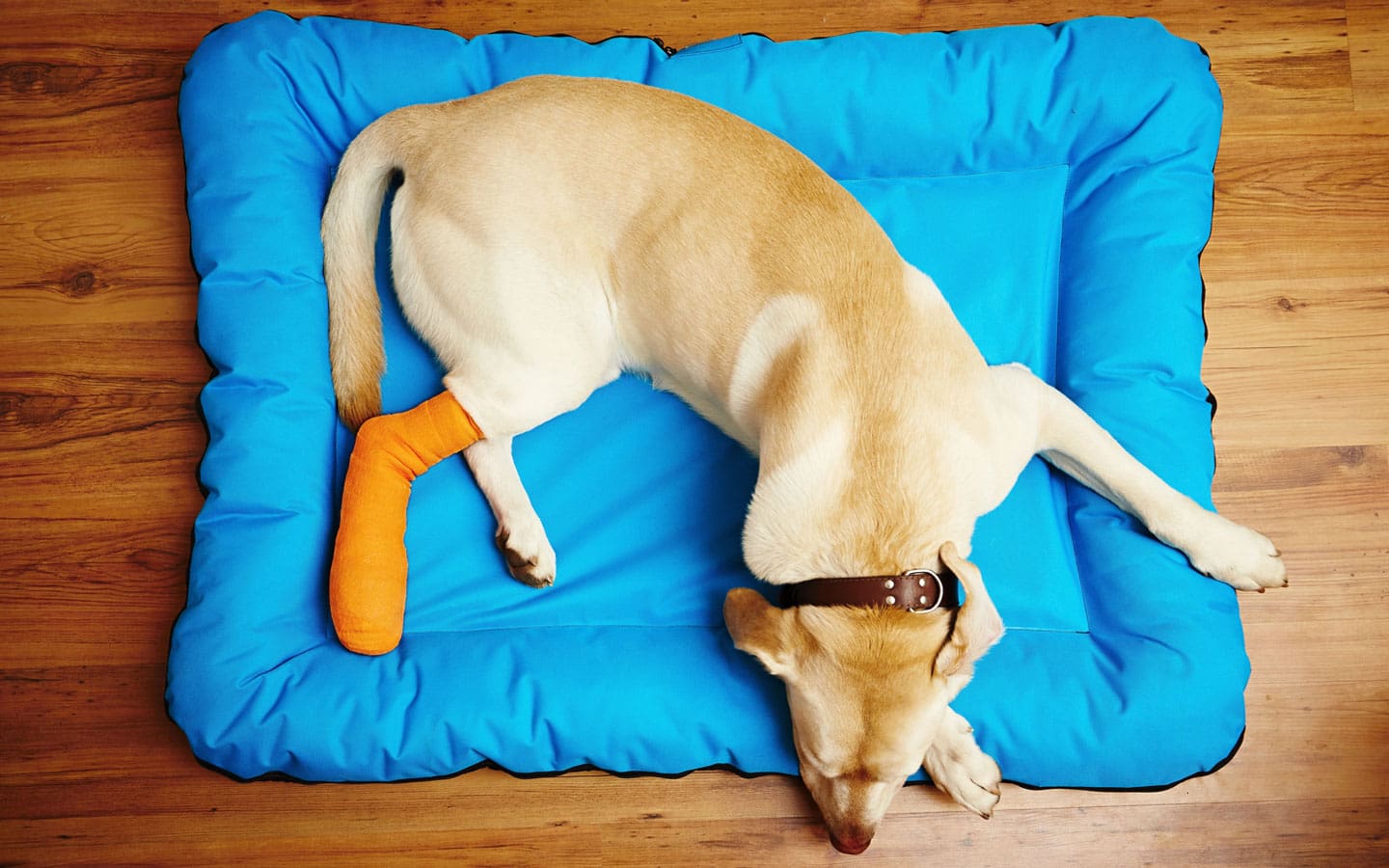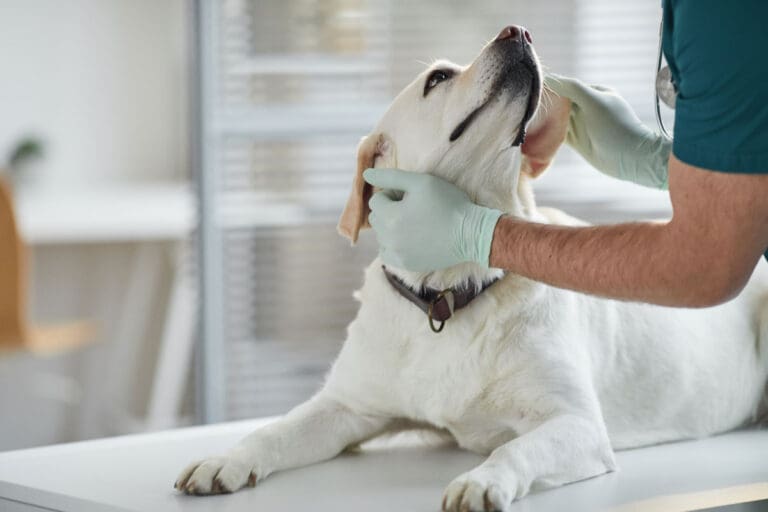Time is critical during emergencies. Maintaining an up-to-date pet first aid kit ensures you’re not scrambling to find lifesaving items. Here are 10+ essential supplies every pet owner needs to keep in their pet first aid kit.
10. Emergency Contacts and Meds List

The most essential thing to keep in your pet emergency kit is a list of phone numbers critical for contacting medical help. The list should include numbers for your veterinarian, the closest 24-hour veterinary emergency hospital, and the Pet Poison Helpline (1-855-764-7661). You should also include a list of your pet’s medications and important medical issues.
9. Basic Bandaging Supplies
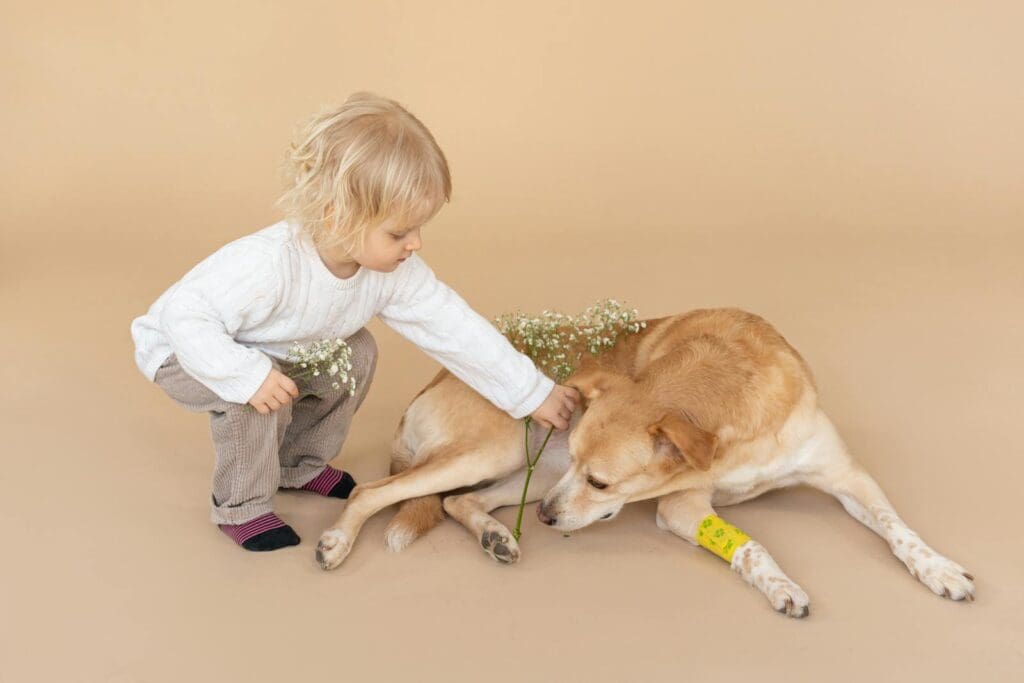
Keep basic bandaging supplies in your first aid kit. This includes gauze pads and rolls, a self-adhering bandage wrap (crêpe bandage), tape, blunt-tipped scissors, tweezers, and gloves (latex or rubber). In most cases, any bandages you apply at home will be temporary until you can get your pet to your vet.
8. Wound Care Products

Keep a supply of wound care products in your emergency kit. This includes pet-safe spray and ointment to help minimize the risk of infection. Keep antimicrobial wipes stocked for cleaning the wound or area before wrapping it with a bandage. However, it’s always best to check with your vet before applying anything to your pet’s wound at home.
7. Eye Wash and Ear Wash

Pets with an irritant in their eye or ears are likely to scratch at it, potentially worsening the situation. Keep pet-safe eye rinse and ear rinse on hand to flush out the irritant. Since eye injuries can be serious, it’s best to consult your veterinarian before attempting any treatment at home.
6. Flushing and Feeding Syringe

A needleless syringe designed for flushing or feeding as a helpful accessory to your pet emergency kit. These types of syringes can be used to give oral fluids to a dehydrated pet or to administer liquid medication. You can also use them to flush out and clean a pet’s wound. Keep sealed and clean until ready for use.
5. Nail Trimmers and Styptic Powder
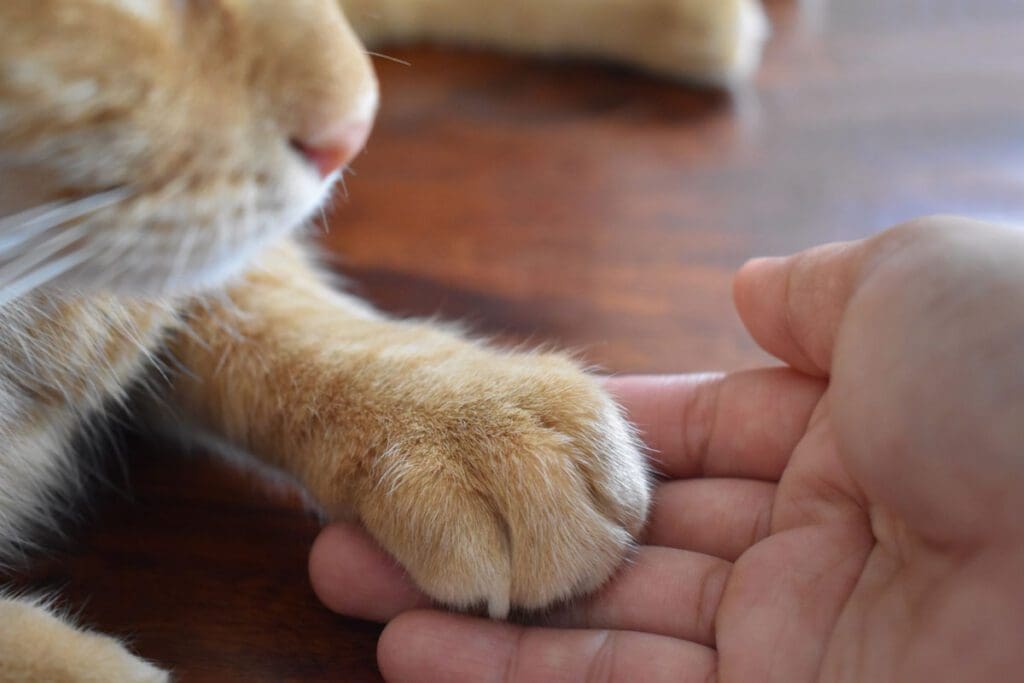
A pet breaking a nail is a common pet emergency. Nail clippers will allow you to trim a dangling nail while determining if a vet visit is needed. Make sure to purchase the proper trimmer for your cat or dog. Styptic powder can help stop mild bleeding for nails broken or cut too close to the quick.
4. Pet Thermometer and Probiotics

It can be helpful to have a thermometer to take your pet’s temperature at home and assess how serious their condition is. Pet safe digital thermometers or underarm thermometers are best. Probiotics can be helpful for pets with mild digestive issues. However, pets with significant vomiting, diarrhea, or who are not eating should be seen by a vet immediately.
3. Water and Treats
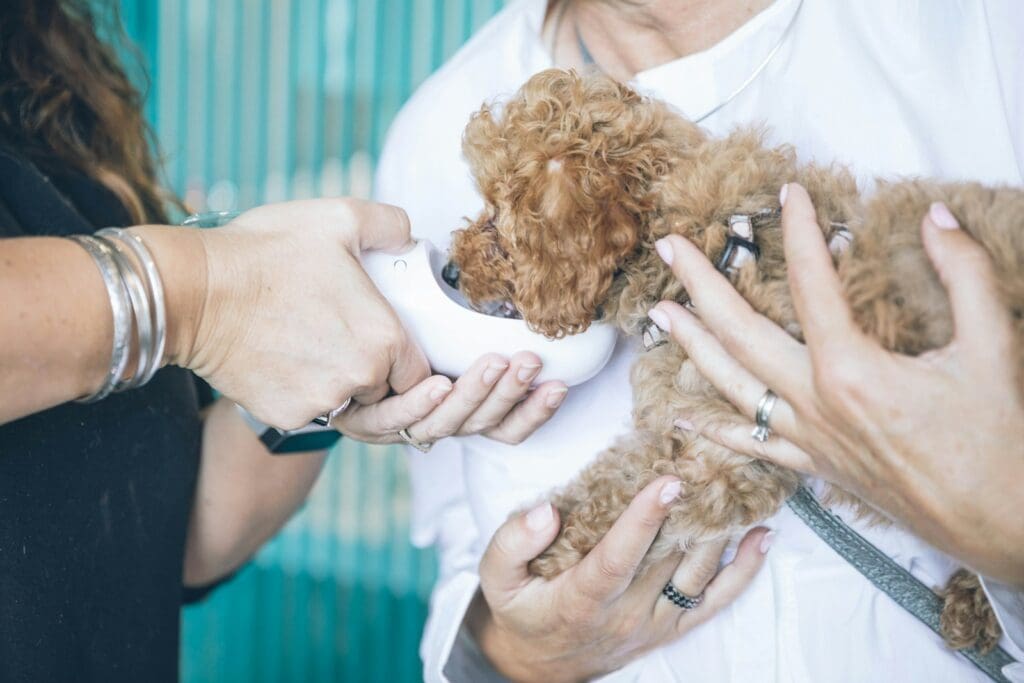
Getting a pet to cooperate when administering first aid can sometimes be challenging. Water can be comforting to a pet in distress. Having dog and cat treats can help distract a pet while you administer first aid. However, don’t offer food or water to pets who are vomiting, unable to swallow, or having seizures.
Read More: How to Trim Your Dog’s Nails Safely
2. Transport Supplies
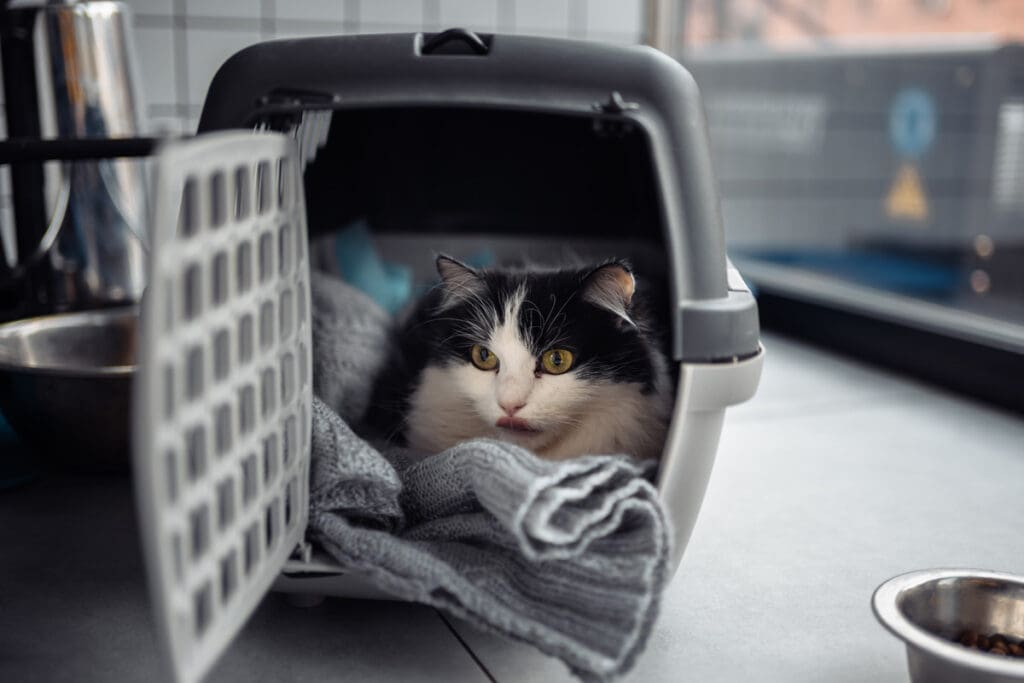
Transporting an injured pet can often be challenging. Pain may make the pet resistant to being touched or moved. Keep a quick slip lead for securing them. A recovery cone can create a barrier preventing the pet from licking or chewing at an injury, or from biting others. Pet towels are good for wrapping frightened kitties or small dogs.
Read More: 10 Things to Know Before You Board Your Cat
1. Clean Up Supplies
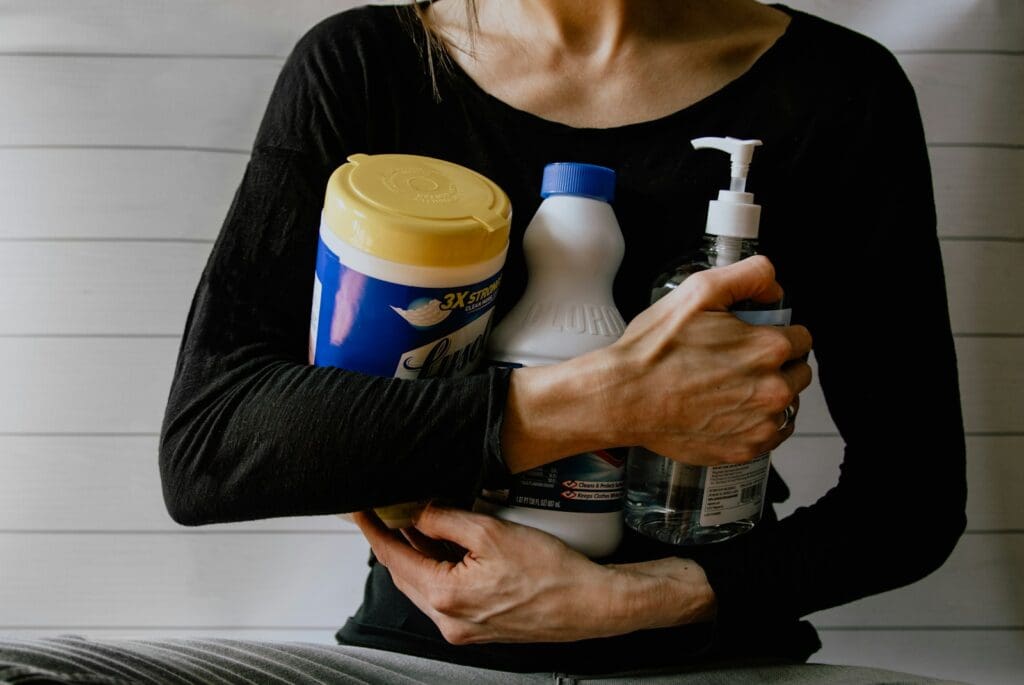
Emergencies can leave a variety of messes behind. Emergencies most commonly result in an output of urine, stools, anal gland secretions, and blood. Pack your pet emergency kit with pet cleaning wipes and pet towels. These supplies will help you to clean your pet quickly, as well as the surrounding area.
Read More: From Furballs to Freshness: 10 Ways to Maintain a Clean Home with Pets

